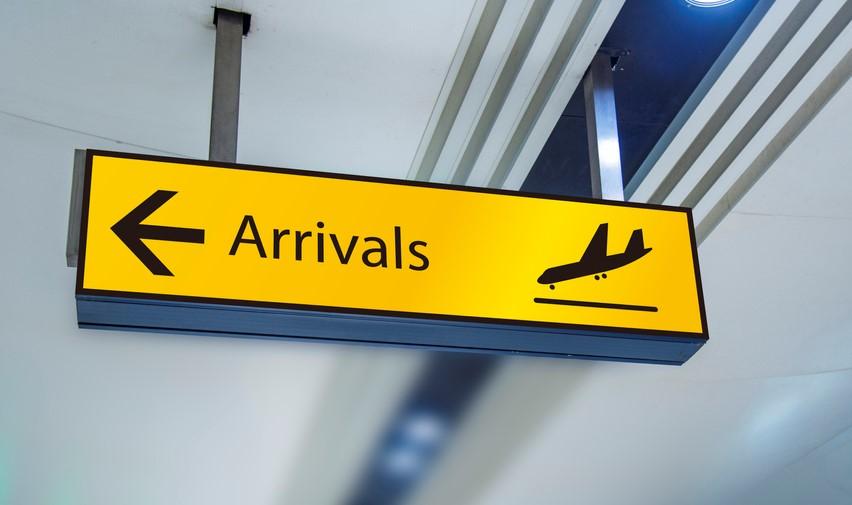The global travel industry is recovering after a significant slump in international tourist arrivals between 2019 and 2020 due to the SARS-CoV-2/COVID-19 pandemic. Arrivals fell 72% globally according to World Tourism Organisation [UNWTO] figures (1). Although more recent figures for 2022 were still 37% down from 2019, many analysts now believe 2023/2024 could see a return/or even growth over pre-pandemic levels (2). In the longer term (to 2030) global travel is expected to increase significantly although macroeconomic factors and political tensions such as the Ukraine/Russia war still cause uncertainty to the industry.
Sales of travel vaccines such as those protecting against hepatitis A/B, rabies, typhoid, and yellow fever were similarly affected by the pandemic. Key travel vaccines companies such as Sanofi Pasteur, GSK, Merck & Co, and Pfizer and also growing mid-tier players such as Valneva SE and Bavarian Nordic all witnessed drops in their travel-related vaccine portfolios. As of FY2022, VacZine Analytics (3) estimates sales of travel vaccines have recovered, but are still ~25% below their 2019 pre-pandemic levels.
As well as recovering passenger numbers, new travel vaccines within late-stage clinical development or registration may provide near-term growth revenue to the travel vaccine segment. One good example is Takeda Vaccines’ Qdenga® tetravalent dengue vaccine (TAK-003) which was approved for use in the European Union in December 2022 (4-60 yrs) and important endemic countries such as Brazil (March 2023). Dengue, which is endemic in more than 125 countries, commonly affects travelers with around 11,500 cases confirmed in EU travelers between 2015-2019 (2.8 cases per 100,000 travelers (95% CI 2.8-2.9) (4).
Another potentially new travel vaccine is Valneva’s Chikungunya vaccine (VLA1553) which was accepted for FDA priority review in February 2023 with a decision expected in August 2023 (PDUFA). VLA1553 has the advantage of being a single-shot vaccine unlike Qdenga®’s 0, 3-month schedule and so is optimal for travel use. Chikungunya infection similarly affects EU travelers with rates around 2 per 100,000 travelers in 2016-2018 (5). Other potential vaccines for travel use are in development for ETEC, Lyme disease, zika, malaria, and other GI/enteric pathogens. Although all provide potentially good news for travelers’ health, the expansion of the travel vaccines segment will bring new complexity and additional costs to pre-travel decision-making as many are paid for ‘out of pocket’.
To assess the outlook of the global travel vaccine segment, VacZine Analytics has recently published MarketVIEW: new travelers vaccines (CAT No: VAMV090) (3). The analysis is a comprehensive commercial evaluation exploring both existing and new travel vaccines to 2040 from 14 points of origin countries*. A full review of the travel vaccination process, traveler types/behaviors, recommendations (post-pandemic), and company products/portfolios are provided. A new methodology is developed to quantify the value of the existing travel market along with detailed forecasts provided for 9 new vaccine products# (value/volume) per traveler age/type (Visiting Friends/Family and Business + Other). Country-level, forecast assumptions are strengthened by consumer-primary research where prospective travelers [n=250] to endemic regions have been surveyed in several areas including their awareness of endemic diseases and opinions/attitudes to new travel vaccines.
*USA, Canada, France, Germany, Italy, Spain, UK, Finland, Norway, Denmark, Sweden, South Korea, Australia & Japan #arbovirus + GI (enteric) + other. Photo credit: istock images (Getty)
References
1) World Tourism Organisation. UNWTO. Tourism Statistics. Available at: https://www.e-unwto.org/toc/unwtotfb/current?expanded=undefined Accessed April 2023
2) Bain and Company. Air Travel Forecast to 2030: The Recovery and the Carbon Challenge. April 2023. Available at: https://www.bain.com/insights/air-travel-forecast-interactive/ Accessed April 2023
3) VacZine Analytics: MarketVIEW – new travel vaccines (CAT No: VAMV090), published June 2023
4) Gossner CM et al. Dengue infections among EU travelers, 2015-2019. Eurosurveillance. 2022. Vol 27, Issue 2, 13/Jan/2022
5) Gossner CM et al. Risks Related to Chikungunya Infections among European Union Travelers, 2012-2018. Emerg Infect Dis. 2020 Jun;26(6):1067-1076. doi: 10.3201/eid2606.190490. PMID: 32441244; PMCID: PMC7258487


